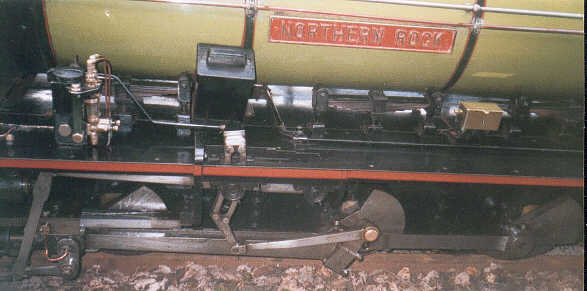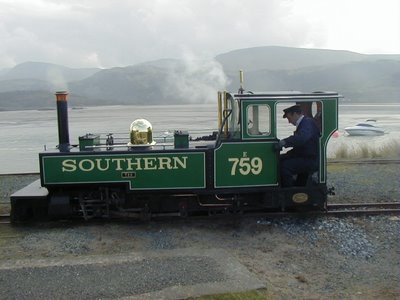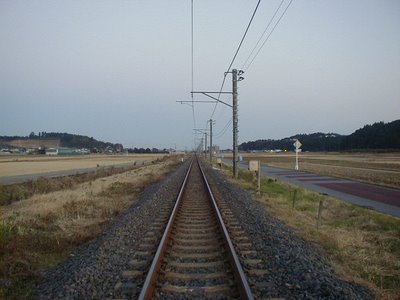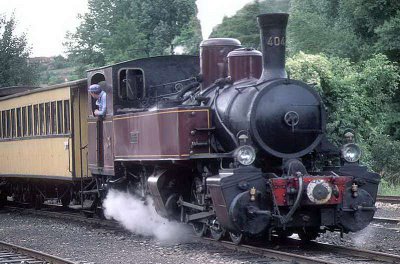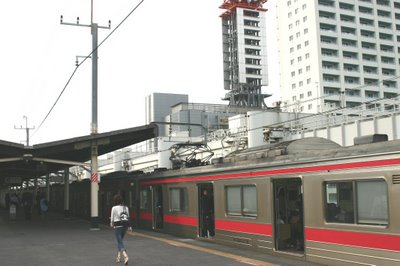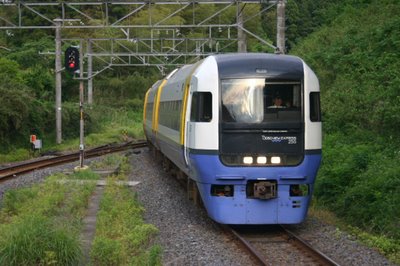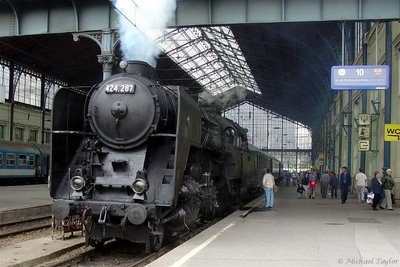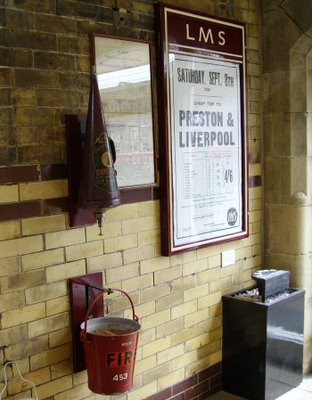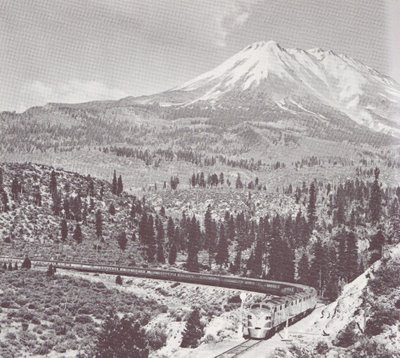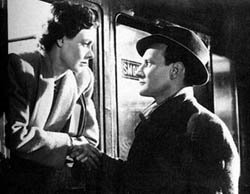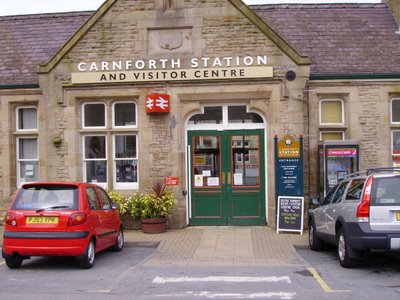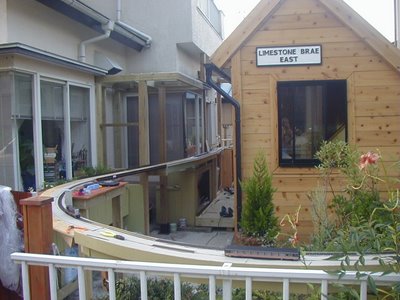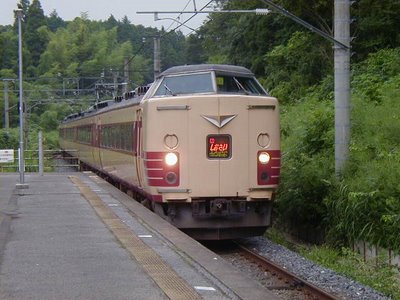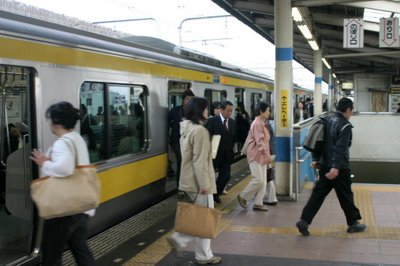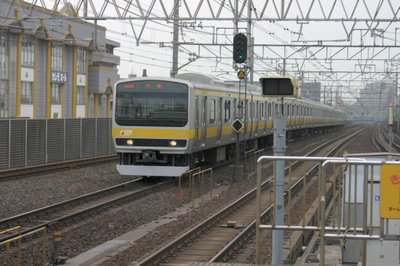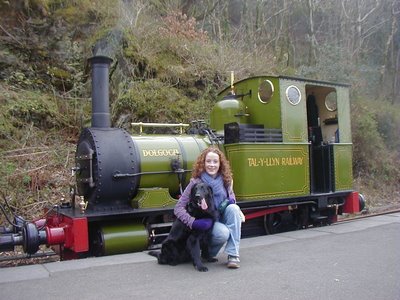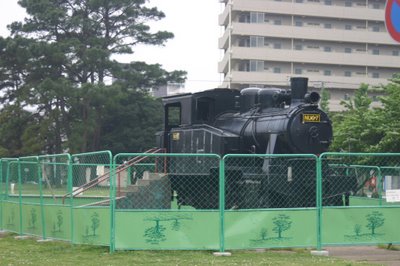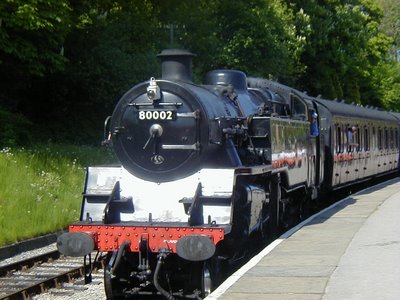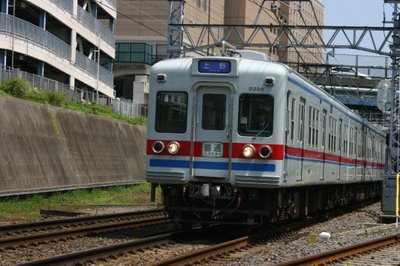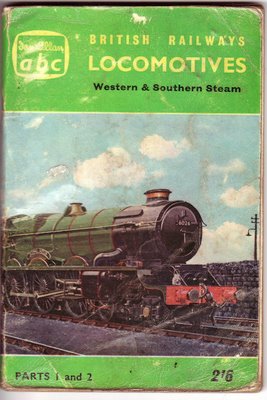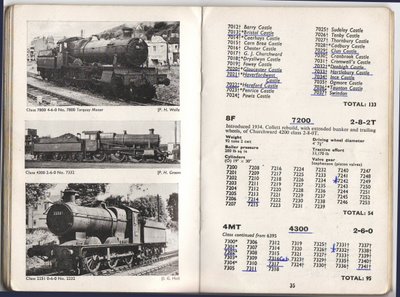Harrogate Show
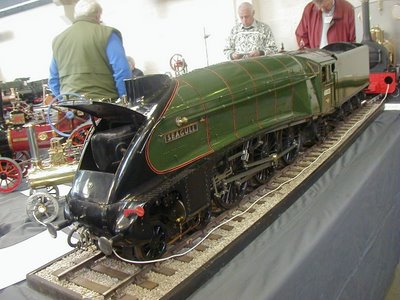
I always fancied having a serious 'go' at model engineering and in fact I have some boxes of machined 'bits' for a 3 1/2" gauge engine sitting in a garage in England. But on recent trips back to Blighty I've been more than impressed with the sheer professionalism that has crept into this area.
Take this for example - a 5" gauge model of an A4 I spotted at Harrogate Model Engineering Show in 2004. Good grief! To turn out something this size and quality you'd need a workshop bulging with the latest in digital machine tool technology and probably more cash than the original cost back in 1934. 'Model Engineering' when I used to read it up avidly in the 1960's was about casting wheels in your garden shed and finding a way to mill castings with a bicycle hub and a ground down screwdriver.
Nice model though eh? I could fancy driving this at a scale 'ton'. I remember the 12" to the foot version of 'Seagull' well - it was still in service when I first went up to university and I've got some nice cine film of it somewhere crossing Durham viaduct on a rainy Saturday morning
